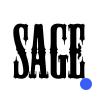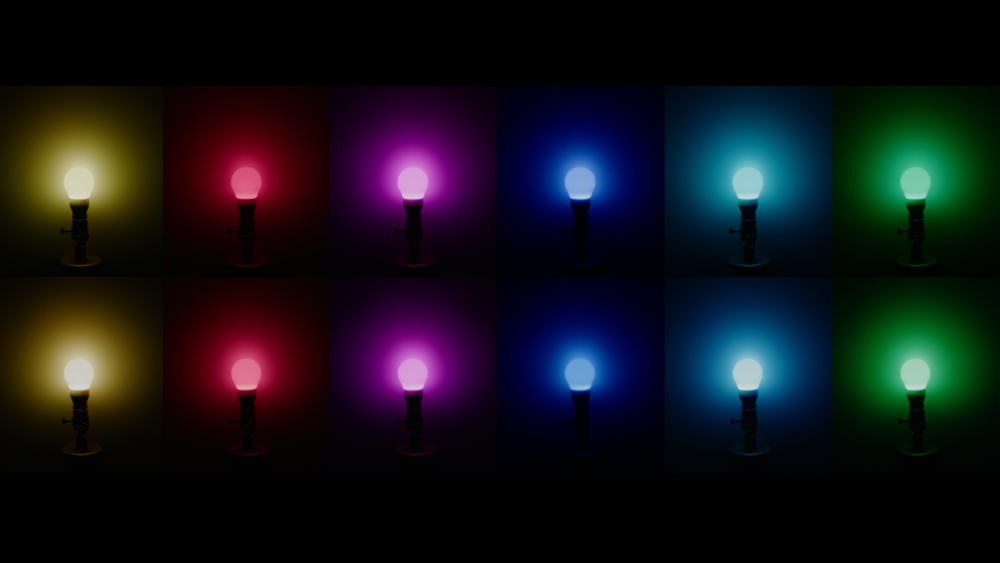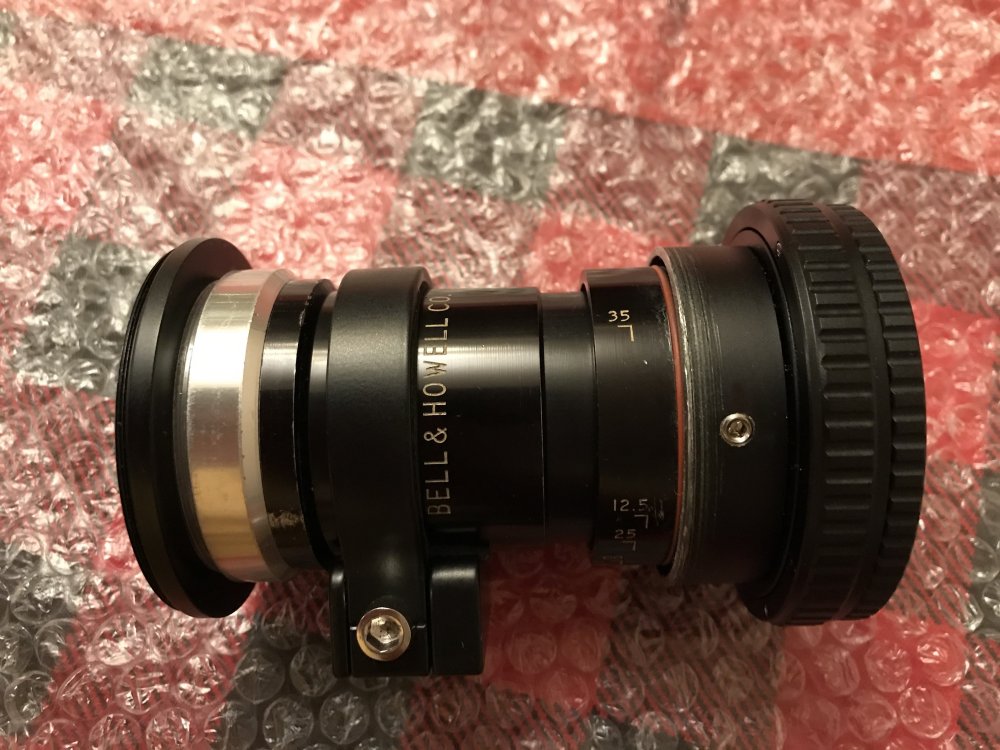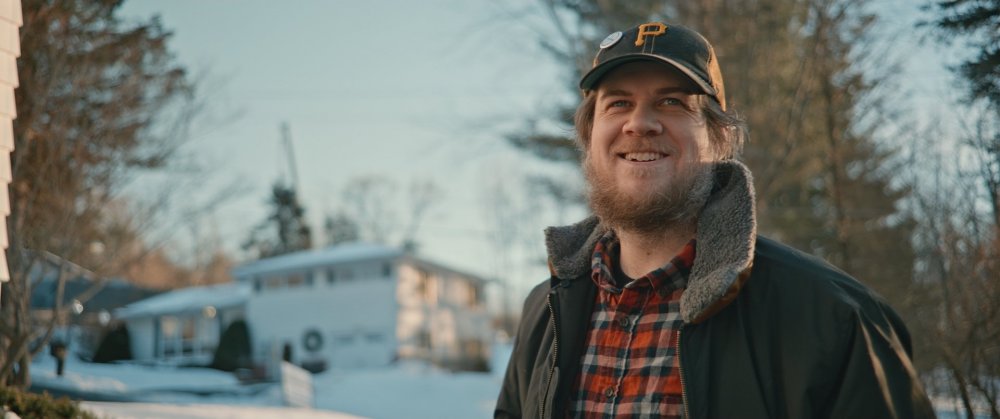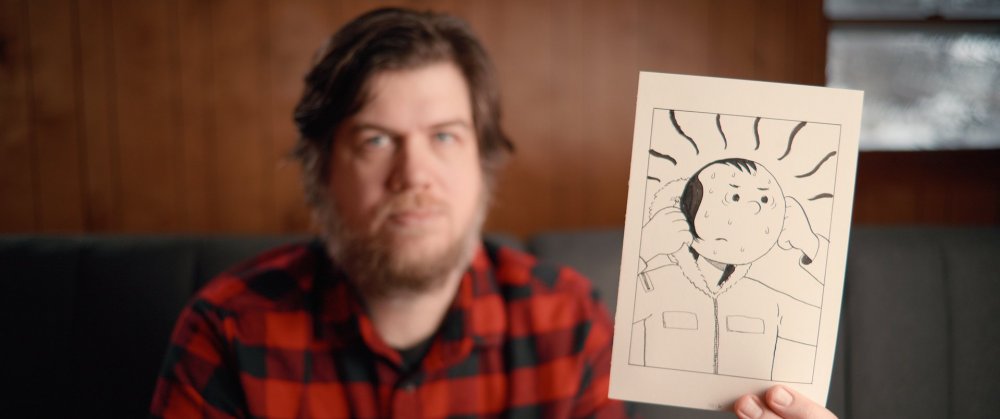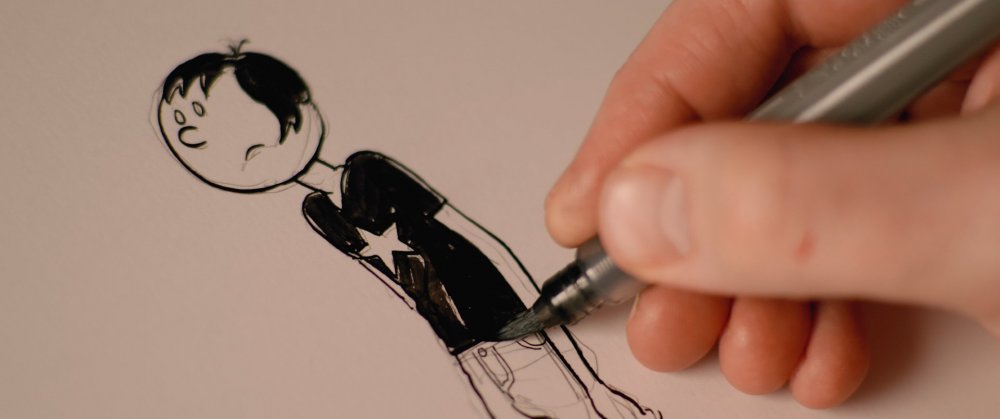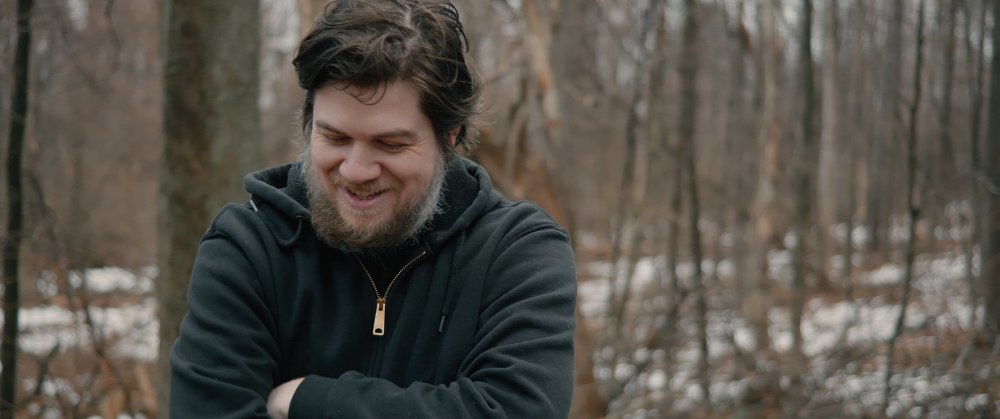Leaderboard
Popular Content
Showing content with the highest reputation on 01/01/2020 in all areas
-
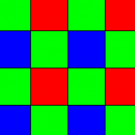
SONY A7III TURNING INTO CINEMA CAMERA
Hayk and 3 others reacted to rawshooter for a topic
The A7iii is a good allround video camera and really excellent stills camera (I do own it), but no cinema camera because of its weak codecs and 8bit limitation, no matter how you rig it up.4 points -
Happy New Year! Alexa has a distinctive red (when LogC is paired up with the intended display primaries). It is a deep magenta red, and twists moreso approaching extreme saturation. This can look stunning. Other cameras may opt for the default of twisting towards orange with increasing saturation because Cmos red clips to yellow, and the gamut clipping is more coherent. For example, the Alexa has an especially messy extreme red clipping at tungsten WB. With Gen 4, this extreme red behavior is simulated. Here is P4Ka v Alexa in extreme gamut, with EC709 (P4K at bottom): Apart from desired hue twists, like Arri display gamut, hue twists when conforming color spaces via interpolation (in log etc) have generally been one of the main challenges in developing EC (to keep the true clean hue lines as they should twist). At many stages, I've coded the engine to preserve clean hue lines. Hue is perceptually salient in color, and has a privileged place in the engine today (whereas once upon a time, it was just 'one of three' in the engine)4 points
-
Another tricky thing is the hand-off from the measured space under a given light source (sunlight or halogen) to extreme gamut simulation. This is because extreme saturation is only achievable with color light sources (i.e. red leds etc.). This amounts to two different 'perceived' color spaces from the same sensor. The challenge is to preserve hue lines of the measured light source as they move into extreme gamut, while simulating the behavior of extreme gamut. Hence, extreme gamut cannot be an exact match - note the difference in cyan and yellow especially (though can be similar enough as to be perceptually equivalent)2 points
-
A while back I posted a tutorial on film emulation and recreating halation and grain in a realistic way. I recently came out with a new video that goes over it in a better, more concise way. I see quite a bit of people asking how to achieve the look of film and it's characteristics so hopefully this video can help them out! A big thanks to the Lift, Gamma, Gain forums for figuring a lot of this out also feel free to share your results and download the PowerGrades I've provided on my website!1 point
-
Wanna get the highest video quality with Sony A7III camera and turn it into "Cinema Camera"! So which brand accessories should i buy for achieving best quality? 1. External monitor for recording with the highest frame rate & please add your suggested settings for external video shooting. 2. SSD or SD for your mentioned external monitor. 2. Rig/Cage. 3. Follow Focus for manual and for wireless using. 4. Matt boxes. 5. Power supply (V mount/Gold Mount/or) 6. V mount/Gold Mount/or Lock plate 7. Wireless transmitter so the director or focus puller can see the image If there is something that i forgot, but you advise me to use or add, please tell me, thanks.1 point
-
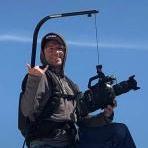
Gigapixel AI Upscaler for Video Beta
heart0less reacted to Geoff CB for a topic
Topaz has a free beta for their AI based video upscale out! I use their still image upscale often, will be posting some tests shortly of this. Glimpse of the future! https://videoai.topazlabs.com/beta1 point -
Here is a little travel video of my family and I going around the East Coast of North America: https://vimeo.com/373737780 Shot with a Sony a7iii using Andrew Reid's ProColor 3.0 settings (specifically his HDR color using the HLG3 Gamma), then graded in Premiere Pro CC using basic Lumetri Color effects (curves, fine tuning with exposure/temperature, etc.). I used adapted Nikon lenses on the Sony, and it was mostly on a DJI Ronin-SC (a little bit of handheld and tripod mixed in). There are a couple quick clips from phones but they'll be obvious. I just bought Andrew's Procolor 4.0 so I'll shoot further demos with that in the near future. Enjoy!1 point
-
#millcore Web Series
kye reacted to KnightsFan for a topic
Happy New Years! After some minor setbacks and delays, the first season of #millcore is available on Amazon Prime. We appreciate any feedback you might have! https://www.amazon.com/gp/video/detail/B0837HYJML/ref=share_ios_season1 point -
Seeking Info About the B&H Projection Lens
heart0less reacted to MOKIM for a topic
Hi everyone I Just wanted to update everyone that I have Found that the front part of a 55mm metal lens hood will fit perfectly into the m58 Helicoid, in order to make it fit over the Bell & Howell scope you have to cut off the 55mm side so it can slide over (I used a exhaust pipe cutter for cutting, it wasn’t the easiest but definitely doable ?)1 point -

Pocket 4K to Alexa Conversion
Sage reacted to heart0less for a topic
And you've managed to squeeze all this magic into one (two, actually) simple LUT? Whoah.1 point -

Panasonic S1H review / hands-on - a true 6K full frame cinema camera
Robert John reacted to kye for a topic
I can't speak for Zak, but wide angle lenses have significant stretching on the edges/corners and when combined with IBIS (and potentially other kinds of stabilisation) it gives the edges a strange kind of warping effect, kind of like the jelly effects of rolling-shutter but in a different way. Depending on the motion involved it can look very very strange, and if you're doing pro work then it can absolutely ruin shots.1 point -
Thanks, he decided to be cautious and go with V90 cards.1 point
-
If you can sell directly to a buyer on FM or EOSHD or another online board that has a buy and sell forum, that's your best option for getting the most money. If you're in need of a dealer trade in, you'll take a hit on price (you pay for the service through the low trade in price).1 point
-

Panasonic S1H review / hands-on - a true 6K full frame cinema camera
kye reacted to Zak Forsman for a topic
my serials are all pretty close. but I wouldn't worry to much about color. any difference, if there even is one, is going to be a minor shift that's easy to account for in post. This is my first camera with IBIS and it takes getting used to. When using manual lenses you have to remember to set IBIS for the correct focal length and I've managed to bungle that a few times already. I also learned (the hard way a few months ago) that IBIS is not something you want to use with an 18mm lens. Ruined more than half of my footage. Now, what I'm liking about the IBIS is that it doesn't feel like stabilization (unless you screw up the settings). It almost feels like the type of handheld camerawork you get with a nice heavy 20lbs+ cinema camera rig. Oh he was really happy with it. But he has a healthy approach to it. He sees it as a separate work of art and encouraged them to make it their own and to not feel beholden to make a straight adaptation. That being said, it's pretty damn faithful. Some shots are basically live-action recreations of his panels. I was surprised just how faithful they were.1 point -
Pocket 4K to Alexa Conversion
Sage reacted to Attila Bakos for a topic
I think he posted some code screenshot in the past where he fixed hue twists. I'm 99% sure he fixes this issue but I'll let the man talk1 point -

Panasonic S1H review / hands-on - a true 6K full frame cinema camera
Vintage Jimothy reacted to Zak Forsman for a topic
Seems people like pairing their S1H with Leica-R lenses... and I'm one of them! I'm shooting a short doc on my brother about his comic book, "I Am Not Okay With This", as it's currently being adapted into a series for Netflix. This will be the second time he's had a comic book adapted into a series. The first was "The End of the F*cking World" which did well, however, he told me that people would see him signing copies of the original comic at cons, and accuse him of "ripping off the show". So this time, i wanted to help raise his profile a bit when "I Am Not Okay With This" is released, and it gives me something to flex my creative muscles on. Anyway, some sample stills... Panasonic S1H, Leica Summicron-R 35mm, 50mm, & 90mm. Not a final grade -- just wanted to get some images out.1 point

